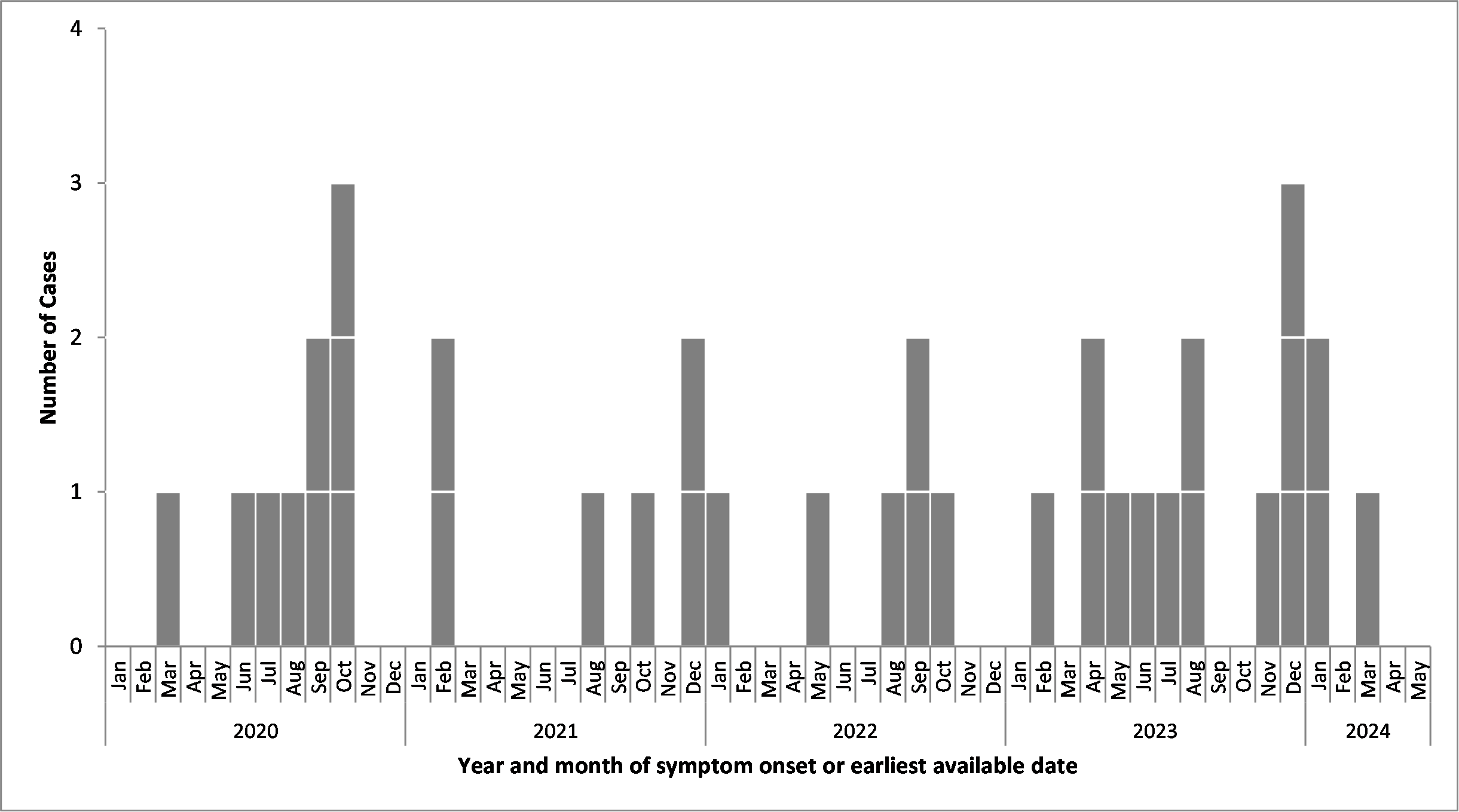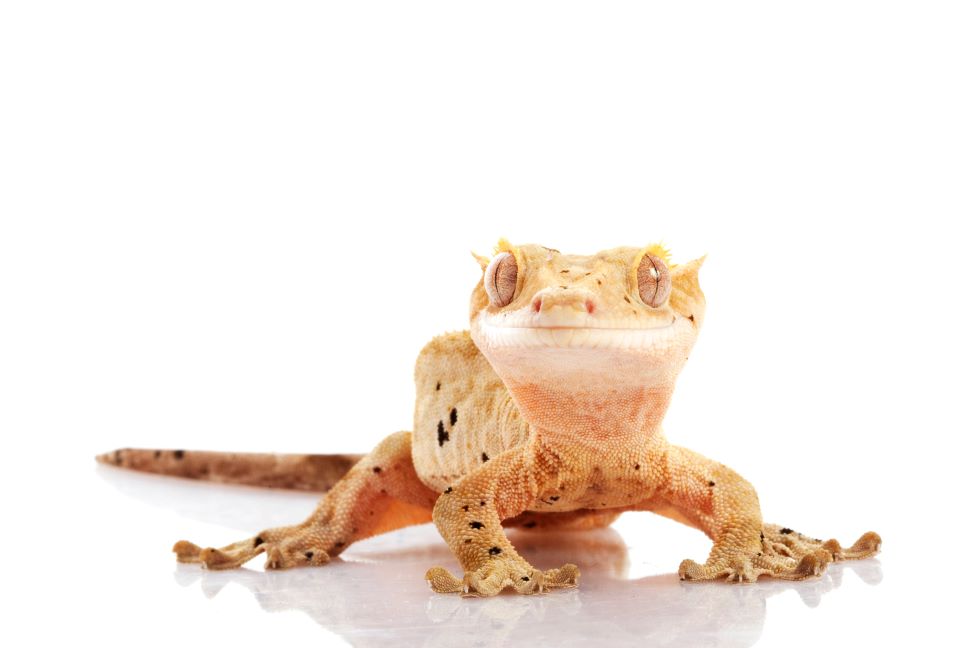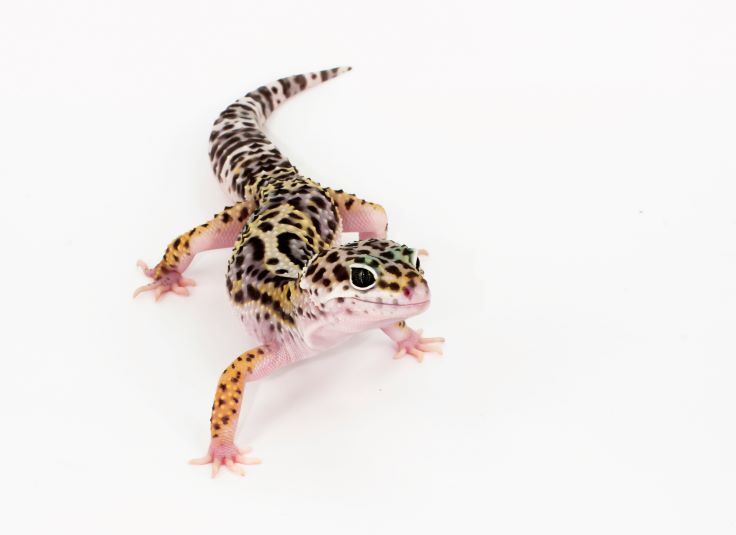Public Health Notice: Outbreak of Salmonella infections linked to geckos
May 14, 2024 – Final Notice
This is the final update for this outbreak investigation. The investigation has been closed, however it is possible that illnesses could still be reported because reptiles like geckos can carry Salmonella bacteria.
On this page
Why you should take note
The Public Health Agency of Canada collaborated with provincial public health partners to investigate an outbreak of Salmonella infections in seven provinces.
Investigation findings identified exposure to geckos as the likely source of the outbreak.
Many of the individuals who became sick reported having direct or indirect contact with geckos, or the environments where these pets are kept, before their illnesses occurred. Some people who became sick did not touch or handle the geckos themselves, but lived in the same house where they were kept.
A single common supplier of geckos was not identified.
This investigation has been closed, however this outbreak is a reminder that Salmonella bacteria can be found in many species of animals, like geckos. Reptiles can carry and spread bacteria, like Salmonella, even if they don't show any signs of illness.
Always practice good hand hygiene and frequent handwashing after contact with geckos and their environments. This advice is based on the findings from this investigation and past outbreaks of Salmonella illnesses linked to reptiles. These outbreaks highlight the important role that reptile owners and business operators can play in preventing new illnesses linked to these types of pets.
Investigation summary
In total, 36 confirmed cases of Salmonella Lome illness were reported in this outbreak in the following provinces: British Columbia (2), Alberta (2), Saskatchewan (2), Manitoba (2), Ontario (19), Quebec (8) and New Brunswick (1).
Individuals became sick between March 2020 and March 2024. Five individuals have been hospitalized. No deaths were reported. Individuals who became ill are between 0 and 84 years of age. Eight cases (22%) were in children 5 years of age or younger. More than half of the cases (64%) are female.
The outbreak strain of Salmonella that made people sick was found in a gecko habitat from the home of an ill individual.
Symptoms
Symptoms typically start 6 to 72 hours after exposure to Salmonella bacteria, and usually last for 4-7 days.
Symptoms may include:
- fever
- chills
- nausea
- vomiting
- diarrhea
- headache
- abdominal cramps
People who are infected with Salmonella bacteria can spread Salmonella to other people several days to several weeks after they have become infected, even if they don't have symptoms. Salmonella can spread by person to person contact and contaminated surfaces. Most people who become ill from a Salmonella infection will recover fully after a few days without treatment, but it can also cause severe illness and hospitalization.
Anyone can become sick with a Salmonella infection. If you think you're experiencing symptoms, contact your health care provider.
Those at higher risk for serious illness include:
What you should do to protect your health
Reptiles like geckos can carry Salmonella. You can get sick with Salmonella by touching reptiles or their environments and then touching your face, eyes or mouth without first washing your hands.
You can also get sick by touching contaminated surfaces or objects in a home as well as exhibits or aquariums where geckos are kept. This can occur at birthday parties, school or daycare events, museums, science centres, zoos, or at a travelling reptile show.
To prevent the direct or indirect spread of Salmonella to others, follow the advice outlined in this section to help reduce your risk of becoming ill from contact with reptiles (including geckos), and their environments.
- Always wash your hands thoroughly with soap and water immediately after touching a reptile and anything they eat, or after being in the area where they live, play or have touched surfaces or objects.
- If visiting an exhibit or event with reptiles, wash your hands when you leave animal areas, even if you do not touch the animals directly.
- Clean any surfaces or objects your reptile touches with soapy water followed by a household sanitizer.
- Never kiss a pet reptile.
- Do not keep reptiles in homes, daycare centers, schools, or other facilities with children aged 5 years and under.
- Always supervise children when they touch or play with reptiles.
- Do not let them put reptiles or their supplies near their face, or share their food or drinks with pets.
- Make sure they thoroughly wash their hands after touching reptiles.
- Children 5 years and under should not handle reptiles.
- Keep reptiles and all their food, containers, enclosures, and any objects that have been in their enclosures, such as plants or enrichment items, away from the kitchen and other places where food is made or eaten.
- When possible, clean enclosures and accessories outside the home. If this is not possible, use a laundry sink or bathtub and thoroughly clean and sanitize afterwards.
- Clean or bathe reptiles in a dedicated plastic bin, not in the kitchen or bathroom sink.
- Be aware of the specific needs of your reptile. Stress for a reptile can increase the shedding of Salmonella.
- Always keep reptiles in habitats specifically designed for them.
- If you choose to have a reptile, talk to your health care provider or veterinarian about the right reptile for your family, especially if your family includes children 5 years and younger, pregnant or immunocompromised people, or adults 65 years of age and over.
Epidemiological information
Figure 1 is an epidemiological curve for this outbreak, which shows the number of new cases by month. Outbreak investigators use this information to show when illnesses begin, when they peak, and when they trail off. It can take several weeks from the time a person becomes ill to when the illness is reported, and testing confirms a link to the outbreak. Data are available for 36 cases.

Figure 1 - Text Equivalent
| Year and month of symptom onset or earliest available date | Number of cases |
|---|---|
| January 2020 | 0 |
| February 2020 | 0 |
| March 2020 | 1 |
| April 2020 | 0 |
| May 2020 | 0 |
| June 2020 | 1 |
| July 2020 | 1 |
| August 2020 | 1 |
| September 2020 | 2 |
| October 2020 | 3 |
| November 2020 | 0 |
| December 2020 | 0 |
| January 2021 | 0 |
| February 2021 | 2 |
| March 2021 | 0 |
| April 2021 | 0 |
| May 2021 | 0 |
| June 2021 | 0 |
| July 2021 | 0 |
| August 2021 | 1 |
| September 2021 | 0 |
| October 2021 | 1 |
| November 2021 | 0 |
| December 2021 | 2 |
| January 2022 | 1 |
| February 2022 | 0 |
| March 2022 | 0 |
| April 2022 | 0 |
| May 2022 | 1 |
| June 2022 | 0 |
| July 2022 | 0 |
| August 2022 | 1 |
| September 2022 | 2 |
| October 2022 | 1 |
| November 2022 | 0 |
| December 2022 | 0 |
| January 2023 | 0 |
| February 2023 | 1 |
| March 2023 | 0 |
| April 2023 | 2 |
| May 2023 | 1 |
| June 2023 | 1 |
| July 2023 | 1 |
| August 2023 | 2 |
| September 2023 | 0 |
| October 2023 | 0 |
| November 2023 | 1 |
| December 2023 | 3 |
| January 2024 | 2 |
| February 2024 | 0 |
| March 2024 | 1 |
| April 2024 | 0 |
| May 2024 | 0 |
Investigation history
Public Health Notice: March 22, 2024
Why you should take note
The Public Health Agency of Canada is collaborating with provincial public health partners to investigate an outbreak of Salmonella infections occurring in seven provinces: British Columbia, Alberta, Saskatchewan, Manitoba, Ontario, Quebec and New Brunswick.
Based on investigation findings to date, exposure to geckos has been identified as a likely source of the outbreak. Many of the individuals who became sick reported having direct or indirect contact with geckos, or the environments where these pets are kept, before their illnesses occurred. Some people who became sick did not touch or handle the geckos themselves, but lived in the same house where they were kept. Salmonella with the same outbreak strain was found in a gecko habitat from the home of an ill individual.
To prevent illness, individuals are advised to practice good hand hygiene, frequent handwashing and safe handling of geckos and their environments. This advice is based on the findings from this investigation and past outbreaks of Salmonella illnesses linked to reptiles. These outbreaks highlight the important role that reptile owners and business operators can play in preventing new illnesses linked to these types of pets.
The outbreak is ongoing, as recent illnesses continue to be reported to the Public Health Agency of Canada. This public health notice will be updated as the investigation evolves.
Investigation summary
As of March 22, 2024 there are 35 confirmed cases of Salmonella Lome illness reported in this outbreak in the following provinces: British Columbia (2), Alberta (2), Saskatchewan (2), Manitoba (2), Ontario (18), Quebec (8) and New Brunswick (1).
Individuals became sick between March 2020 and January 2024. Five individuals have been hospitalized. No deaths have been reported. Individuals who became ill are between 0 and 84 years of age. Seven cases (20%) are in children 5 years of age or younger. More than half of the cases (66%) are female.
The collaborative outbreak investigation was initiated in March 2024 because of an increase in reports of Salmonella illnesses in multiple jurisdictions across Canada. Using a laboratory method called whole genome sequencing, it was determined that some Salmonella illnesses dating back to 2020 were caused by the same outbreak strain as the illnesses that occurred in 2024.
More recent illnesses may be reported in the outbreak because there is a period between when a person becomes ill and when the illness is reported to public health officials. For this outbreak, the illness reporting period is between 4 and 6 weeks.
Additional information
- Salmonellosis (Salmonella)
- Salmonella and Reptiles
- Pets: Healthy animals, healthy people
- Reptiles and amphibians: Healthy animals, healthy people
Media contact
Public Health Agency of Canada
Media Relations
613-957-2983
Public inquiries
Call toll-free: 1-866-225-0709
Email: info@hc-sc.gc.ca

